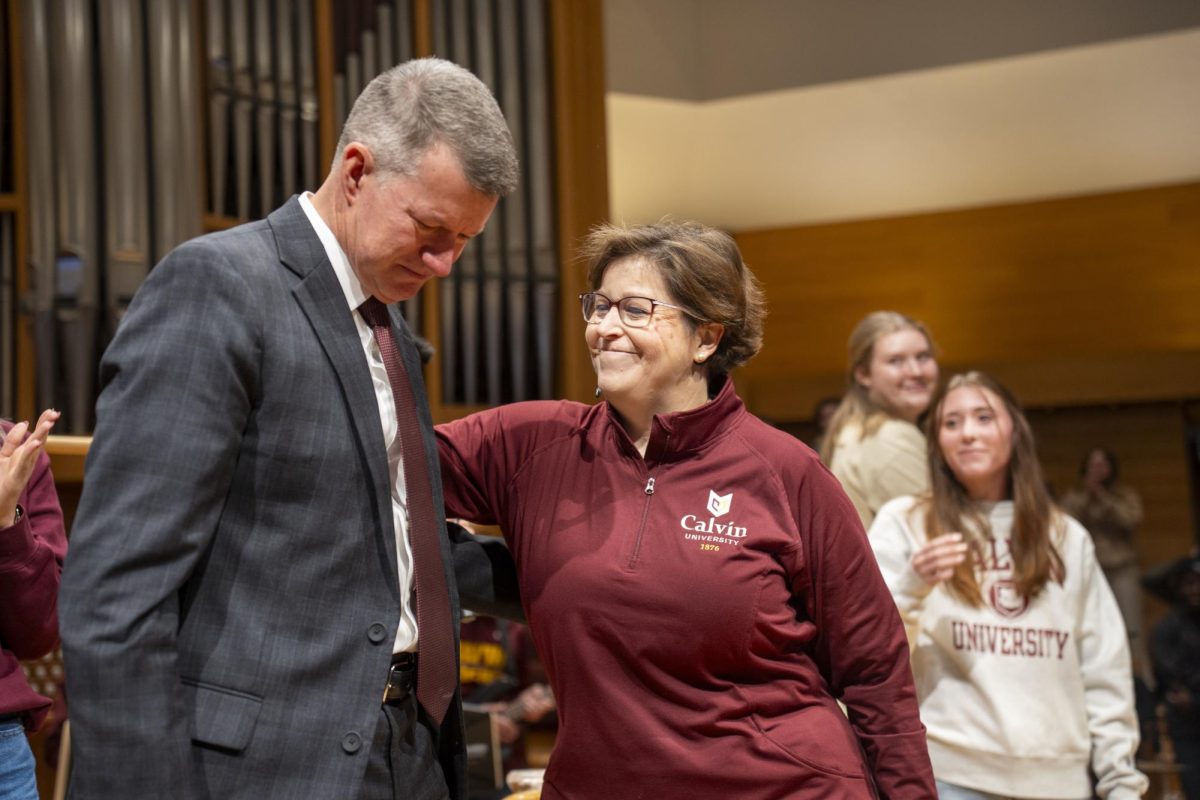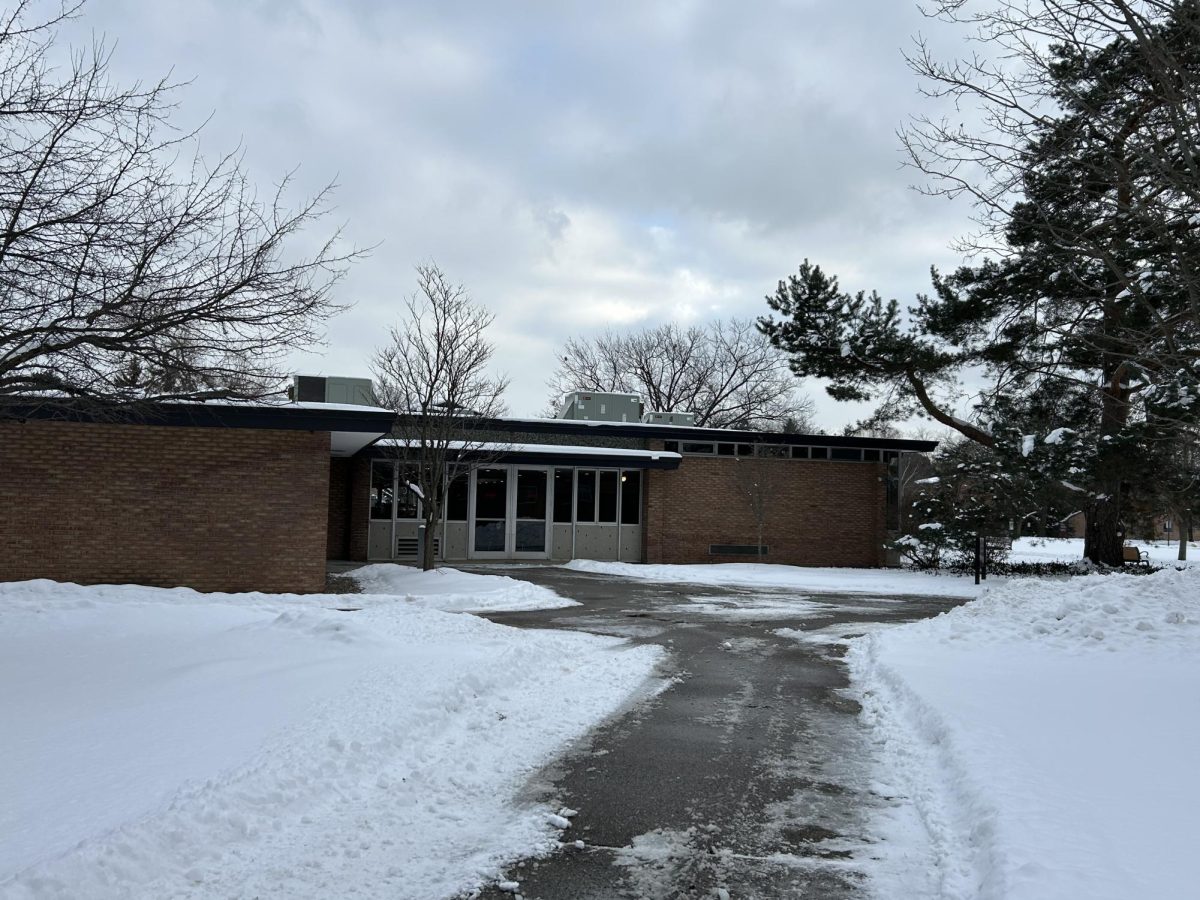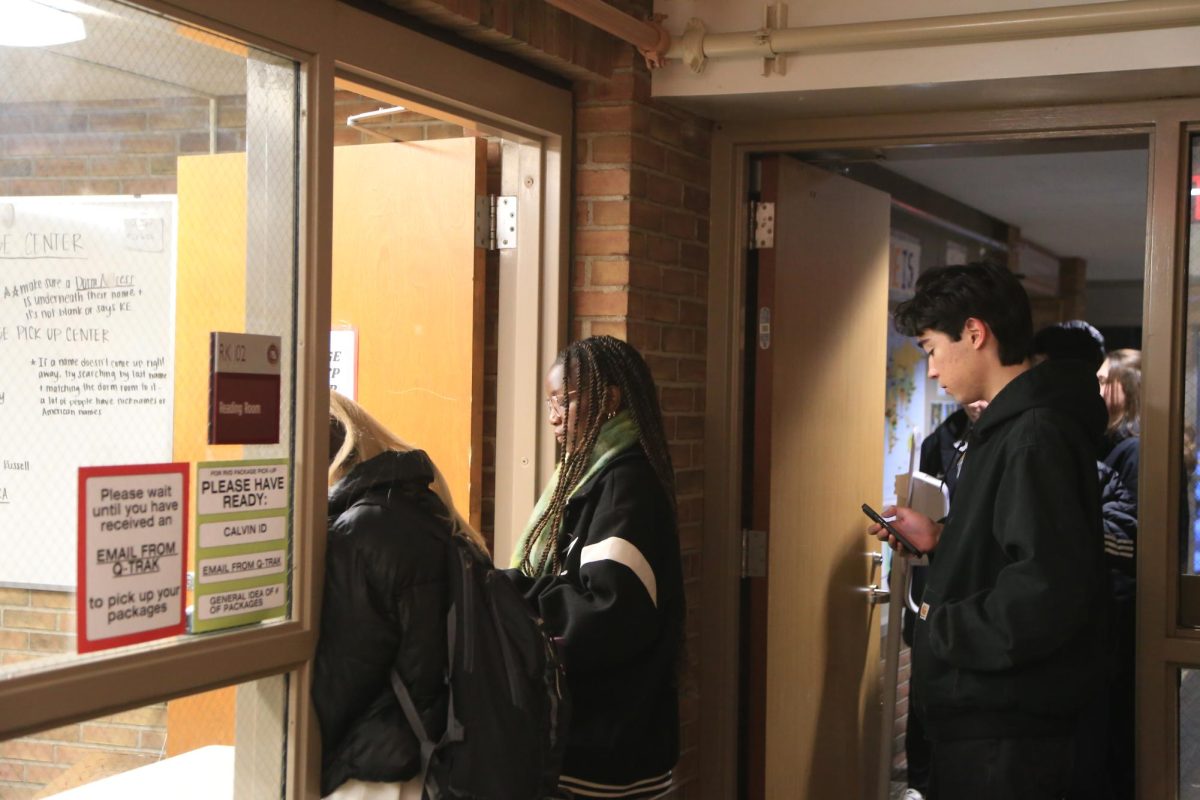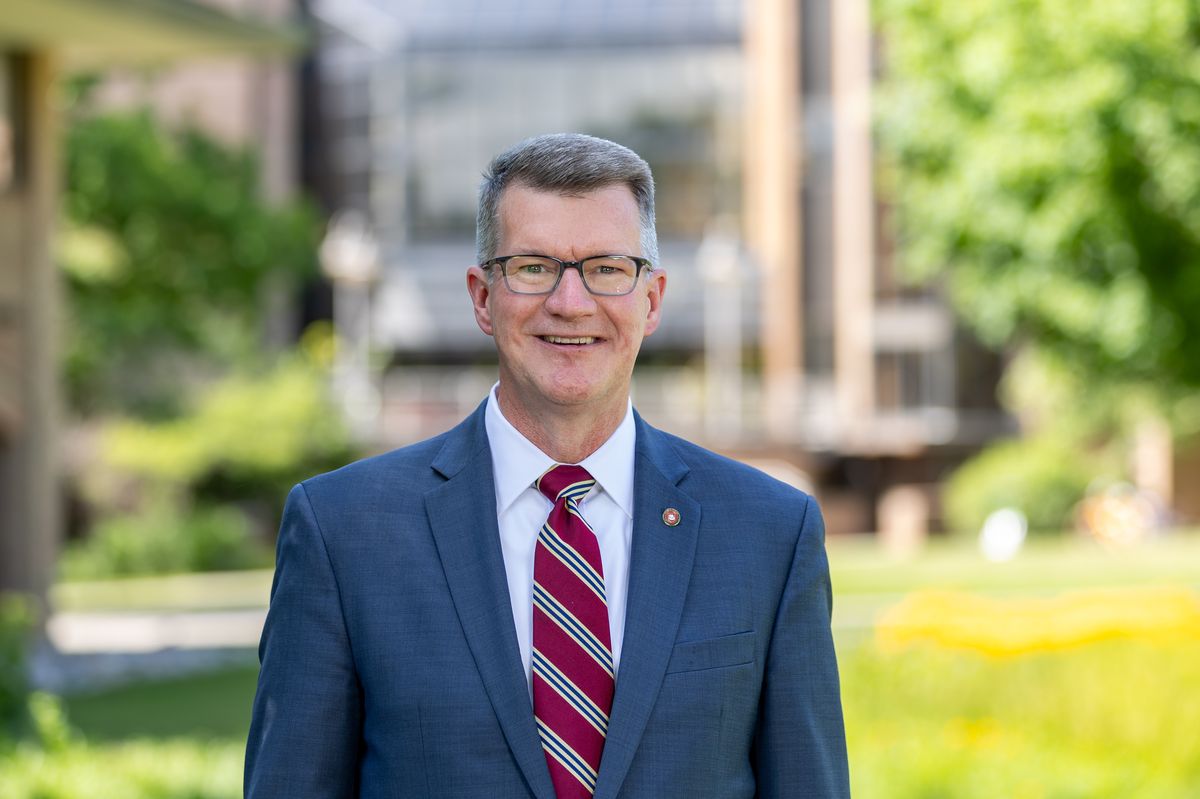As a part of the celebration of Black History this month, Multicultural Student Development Office and Student Senate joined together to host the Black Inventors and Inventions Traveling Museum. This museum was meant to highlight some of the many objects invented by African-Americans and the lives of important inventors throughout American history. Set up in the corridor connecting Hiemenga Hall and the Fireplace Lobby, the museum presented an array of different objects – from the ice cream scoop to the refrigerator truck.
The museum showcased inventors throughout history by displaying their inventions with their name and the patent number. Some notable objects include George Crum (c. 1824-1911) who invented the potato chip, Madam C. J. Walker (1867-1919) who invented her own line of hair products for black women, Sarah Boone (c. 1870-1900) who invented the ironing board, John Arthur Johnson (1878-1946) who invented the wrench, William C. Davis (1926-) who invented the process to improve instant mashed potatoes, James E. West (1931-) who invented a cheaper and improved microphone and Lonnie Johnson (1949-) who invented the super soaker.
There were a few newspaper articles posted alongside the inventions, giving additional information about the inventor’s biography and providing insight into each inventor’s attitudes towards their own inventions.
Davis, for example, was proud of his innovation with instant mashed potatoes but was also passionate about the additional work he has done, particularly in testing a herbal tonic which his father swore by. These postings brought out the story and history behind the common object and its creator or improver.
A part of the museum noted how many inventors have been lost to history, either because their ideas were stolen or they were a slave and their master took ownership of their innovation.
Inventors like George Washington Carver (c. 1864-1943), were able to get their education during the era of Reconstruction and take ownership of their own inventions. Carver was the head of the agricultural department at the Tuskegee Institute, founded by Booker T. Washington, and invented many uses for crops easily grown by sharecroppers like peanuts, pecans and sweet potatoes (he did not, however, invent peanut butter).
Garrett Morgan (1877-1963), who invented the smoke hood (gas mask) and three-signal traffic light, stands as a reminder of how prejudice plagued the lives of these successful inventors. After publicly demonstrating the effectiveness of his mask by saving the lives of workers trapped in a tunnel under Lake Erie, many fire stations around the world ordered the mask. Some of those orders were cancelled once they were aware that Morgan was an African American.
Recognizing the past in the tangible innovations of African-Americans, who impact everyday life is a sign of respect and adds to the complexity of African-American history. Learning about this history nurtures hope for future advancements in safety and wellness, and perhaps fun.







